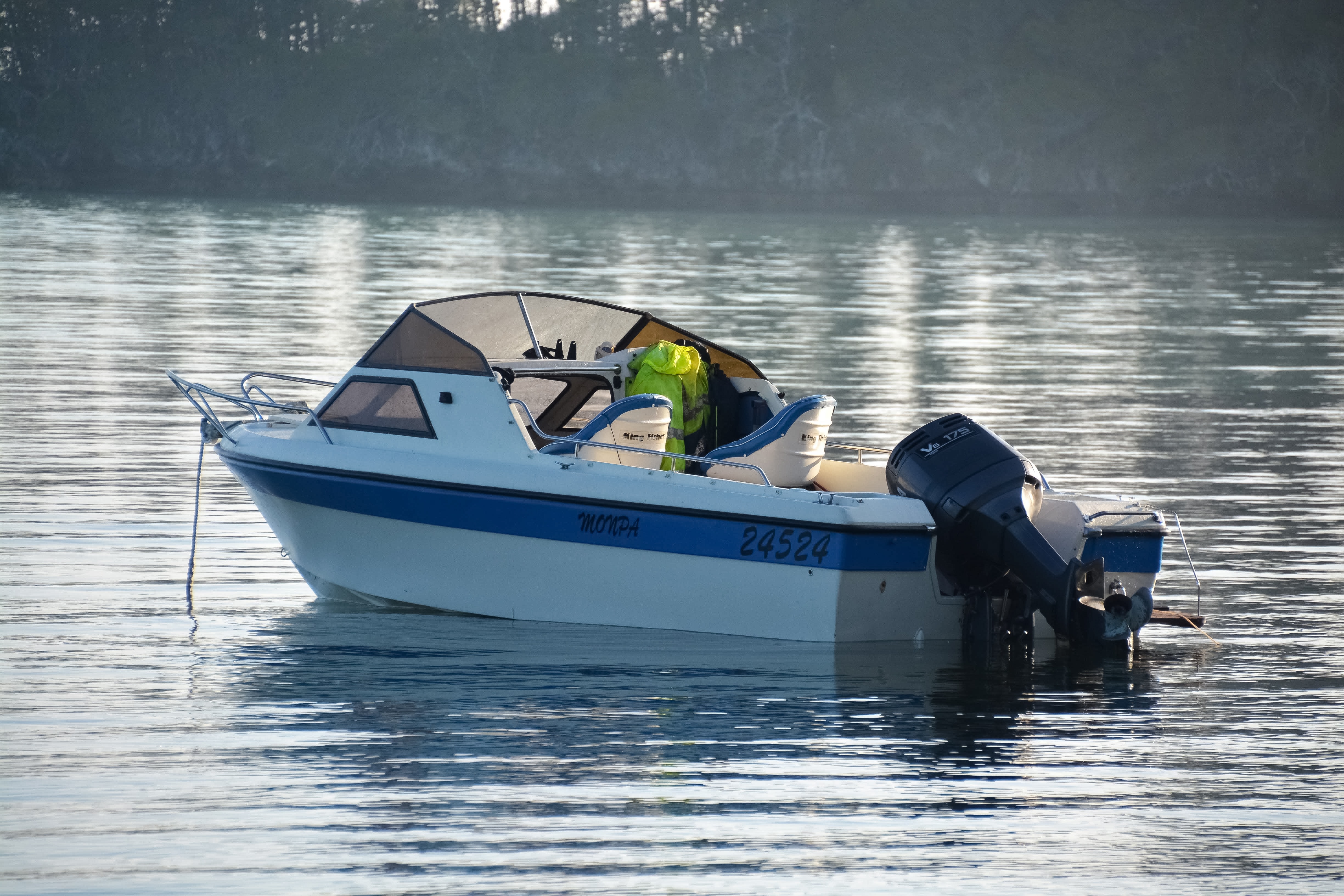Have you ever wondered about the differences between 2-stroke and 4-stroke outboard motors? At first glance, most people assume that a 4-stroke outboard is more powerful, and therefore, more desirable. This isn’t necessarily true.
Both 2 and 4-stroke outboard motors have their advantages and disadvantages. Ultimately, it comes down to the buyer’s preference and boating style.
It’s important to understand each engine’s unique characteristics - including fuel economy, reliability, speed, and weight.
2-Stroke Outboard Motors
A 2-stroke engine is known for its fast acceleration, higher power, portability, and smaller size. It features a compression stroke, followed by an explosion stroke - using the previously compressed fuel. They do not contain valves, making for a simpler construction.
However, 2-stroke engines have higher emissions and create more noise. To help combat this, these engine types take a blend of oil and gasoline. As the fuel makes its way through the engine, it consumes elements of the oil for lubrication.
- Note: Because the oil is continuously injected, oil changes are not required to power the engine. Owners should maintain an oil reservoir on the engine or in another area of the boat.
Technology has made significant advancements to improve fuel economy and emissions - while maintaining acceleration and power. The fuel economy of a 2-stroke is now comparable to that of a 4-stroke engine.
4-Stroke Outboard Motors
4-stroke motors are known for power, low emissions, and efficient fuel mileage. They are also quieter and run smoothly. These engine types feature one compression stroke, followed by an exhaust stroke. And every stroke is quickly followed by a return stroke.
- Note: There will be an oil filter and self-contained oil cavity within the engine (similar to a car). An oil change is generally required after 100 hours or 1 year of use. However, this will vary depending on the manufacturer. It’s best to follow their exact recommendations.
Nowadays, 4-stroke motors are comparable to 2-strokes as it relates to size, speed, portability, and acceleration. As these performance-based advancements continue to improve, many boaters choose a 4-stroke as their go-to motor.
Reliability: 2-Stroke Vs. 4-Stroke
When choosing an outboard motor, reliability should be a top priority. After all, this is the mechanism that decides whether or not your boat starts.
Luckily, 2- and 4-stroke motors are both dependable and consistent in today’s market. These engines are built for long-term use.
It’s still important to vet manufacturers and check reliability ratings for different motors. You can also ask your friends within the boating community. Find someone who has had personal experience with different boat types and motor combinations.
Weight Comparison: 2-Stroke vs. 4-Stroke
Whether you have a smaller or larger boat, weight should be a consideration when purchasing an outboard motor.
Owners with smaller boats often prefer 2-strokes, as these boat types are more weight sensitive. However, 4-stroke outboards are becoming increasingly lighter compared to years past. As a result, the weight comparison of a 2-stroke vs. 4-stroke engine is now less of a concern.
Speed, Power, and Performance: 2-Stroke vs. 4-Stroke
When it comes to speed, power, and performance, the answer doesn’t necessarily have to do with 2-stroke vs. 4-stroke motors. It largely depends on the manufacturer and the product. Each will have different variations and capabilities. It’s best to compare options and find one that best suits your needs.
Choosing the Right Outboard Engine
As with any purchase - do your research, read customer reviews, and check ratings. Consider motor features and determine which are preferable to your boat type.
Ultimately, the decision between a 2-stroke and 4-stroke outboard comes down to intended use. For example, a leisure cruiser who values time on the water (and therefore fuel economy) may go for a 4-stroke. A tournament angler who wants to get to the middle of the lake ASAP would likely appreciate a zippy throttle and lightweight 2-stroke.

